To build your brand, you need to understand and master the social media platforms used heavily by your target audience. In-depth knowledge about YouTube and Instagram will help you choose the correct platform for your brand and calibrate your strategy accordingly to increase engagement and, in turn, sales.
Youtube vs. Instagram: What Do The Statistics Show?
- It’s worth mentioning that YouTube has over 2 billion monthly active users, while Instagram hosts over one billion monthly active users. They offer a centralized pedestal to provide solid reach for brands to interact with their audience through shared media.
- When it comes to session times, the average time spent on YouTube (desktop) is 21 minutes and 34 seconds per session (SimilarWeb, Dec 2019) while on the other hand, an average user on Instagram spends 7 minutes and 23 seconds per session (SimilarWeb, Dec 2019).
- With a plethora of brands seeking constant customers’ attention, professional and vibrant photos and videos have become a must for any marketing campaign. Digital marketers are making effective use of slideshow and story ads on Instagram. Using the best free slideshow maker apps available in the market does the job really well on the go.
- This clearly translates to the fact that YouTube is more suitable for longer videos, while IG fits best for slideshow ads and short videos aimed at boosting brand awareness.
Youtube Vs. Instagram: What’s your niche?
Before jumping to find the best social media platform for your brand, there are a few questions that need to be addressed. Who will be watching your video?
Does YouTube or Instagram provide the demographics you are targeting? Determining your audience and their needs make the first few steps while formulating your social media strategy.
Brands need to identify their niche offering and then design the campaign on any of the above social media platforms accordingly. This results in effective penetration into your target audience.
- On Instagram, brands can post interactive images, video snippets, and stories pertaining to their product/service. The stories feature drives constructive engagement and can also be used to redirect customers to an external link.
- Depending on the size of the account, the recently introduced IGTV video on Instagram allows users to post videos up to 60 minutes long. IGTV directly competes with YouTube video upload features and presents similar commenting and liking options. This opens up a lot of opportunities for brands to tap into the ever-so-vibrant field of influencer marketing.
Youtube Vs. Instagram: Which Is Better For Influencer Marketing?
Grabbing eyeballs on a consistent basis can be a challenging task. It requires a lot of hard work to strategize, create, launch, monitor, and optimize your campaigns to drive the best results.
One of the workarounds to this tedious task appears in the reach that niche influencers bring.
Intelligently crafted influencer marketing strategies are the next big thing. Influencers with niche content should be picked after sincere research and offered collaborations.
- Having a third-party expert speak about your product through blog posts and/or and info-graphics goes a long way for the brand. It helps brands achieve their marketing goals by maximizing their ROI (Return on Investment) and achieving desired KPIs (Key Performance Indicators) on the relevant social media platforms.
- Beauty brands like Glossier have effectively used influencers and reached their target audience. Influencers going live on the platform with their video tutorials is an effective strategy for launching a new brand and engaging with the audience. Instagram slideshow ads and story ads are best suited for brands with their offerings in the Fitness, Lifestyle, and Fashion space.
The visual content of appealing nature attracts a lot of traction online. While all sorts of brands can use YouTube videos for their brand promotion, YouTube videos stand more suited for industries like Technology, Gaming, Travel, Beauty, and Automobile. Using a free youtube video editor does the job really well and adds a professional touch to the final uploaded draft.
Youtube Vs. Instagram: Which Features Stand Out?
- One of the glaring features where Instagram might hold an upper edge is ‘Checkout on Instagram.’ The website describes it as “When you find a product you love, you can now buy it without leaving the app.”
- For brands, it means they can showcase all their products as though in an online shop, and allow customers to buy directly on the app by adding their address details. This feature is currently being tested in the United States with few businesses.
- YouTube allows brands to post videos, along with likes and comments on the video. On Instagram, brands can post interactive images, explainer videos, video snippets, and stories pertaining to their product/service. The stories features drive constructive engagement and can also be used to redirect customers to an external link. One can imagine conducting workout lessons online or making some indispensable kitchen recipes. The list is truly endless.
- On YouTube, a series of videos can be combined into a playlist, which leads to a centralized location for the viewer looking for related content. Brands with a new product offering or a service can share an explainer video that highlights its features to its potential users. Explainer videos have a softer approach and are easier to market to the masses than promotional videos.
- YouTube also hopped onto the bandwagon by launching their stories feature named “YouTube Stories.” Currently, it is open only for creators with above 10,000 subscribers. These stories are available for 7 days in contrast to the normal 24 hours time limit on other social media apps. Brands can use this feature for instant updates and informal content.
Conclusion
Video content has emerged as a powerful tool for brands. Both YouTube and Instagram are two of the most buzzing platforms when it comes to trending visual media and hence can’t be ignored.
YouTube is preferred more for longer duration videos, and the links for product sales can stay forever in the product description. It can be used for extensive content sharing about a product or service. Instagram is expected to provide better ROI with photos, slideshows, and stories for a relatively lower budget.
While choosing a platform, brands need to outline clear goals, outline the demographics, and approach the right influencers from their field. Users need to feel connected with the brand’s story, and it should excite them enough to explore it further.
As a final verdict, it can be stated, without any loss of generality, that both YouTube and Instagram are here to stay for the long haul.

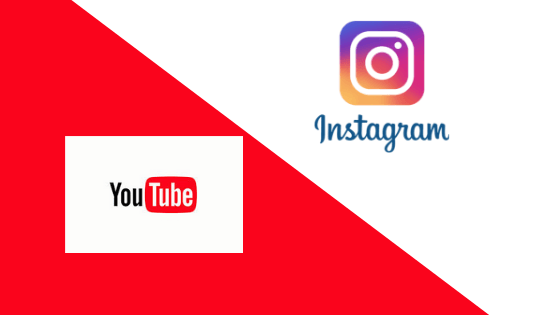
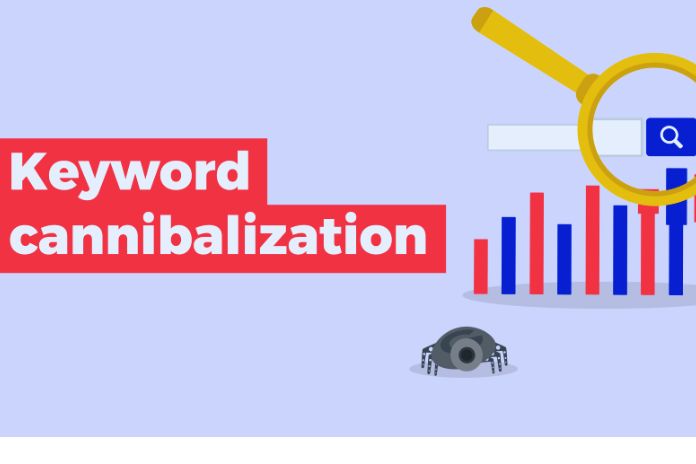
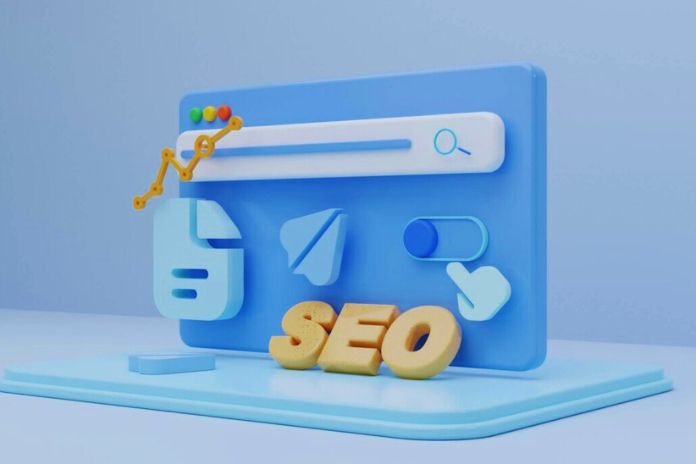



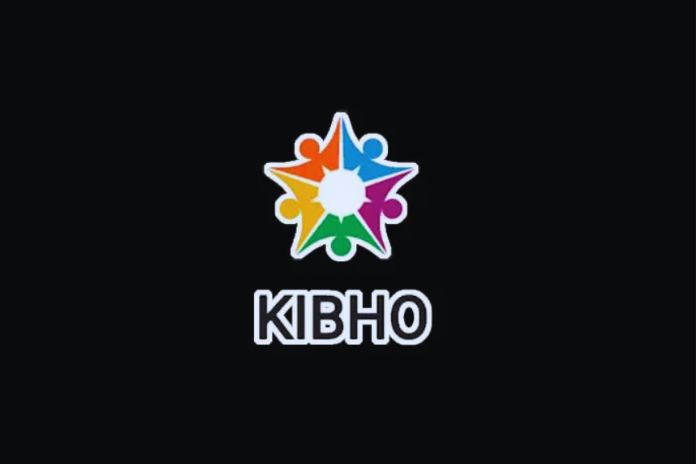
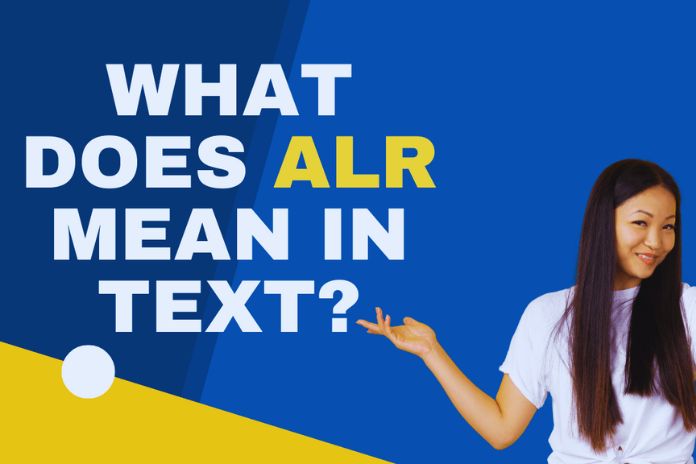


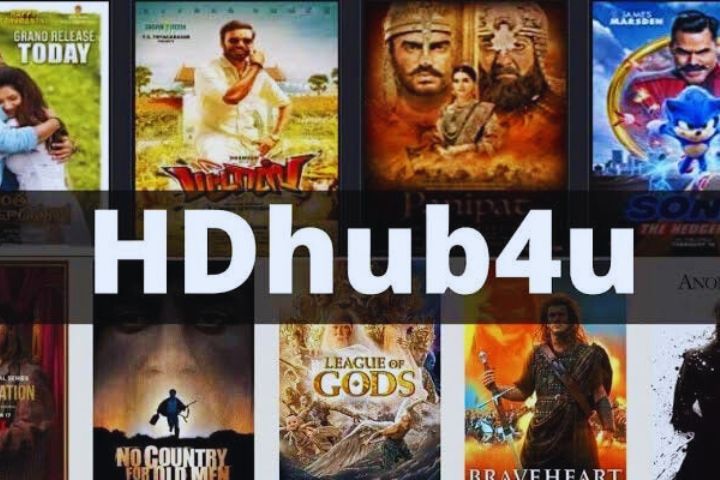
Leave a Reply